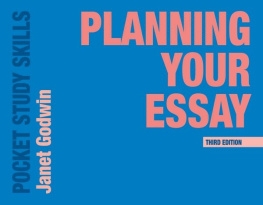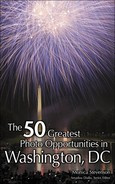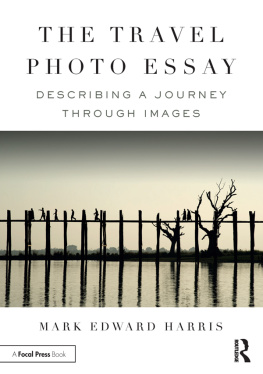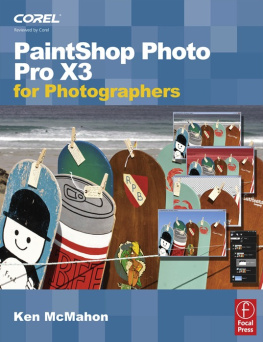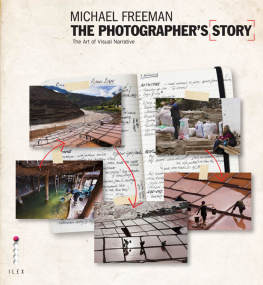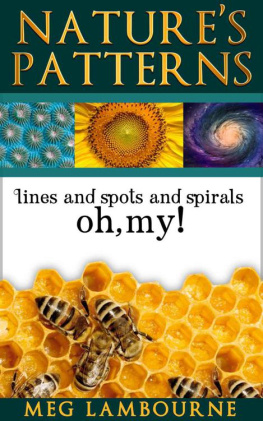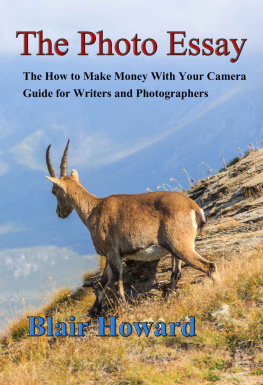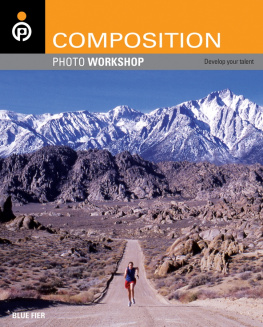Thank you for downloading this book. If you find this book helpful, I would be grateful if you could review it on Amazon.com and recommend it to your friends.
Who this book is for
This book is for students, amateur and professional photographers alike. It is chock-a-block with ideas for telling your story through your own photo essay, and will help you to find a suitable topic, plan your shots, edit the story, show you different ways to share it with the world, and lots more. Whether you are interested in this book because photography is your passion or because you are looking for a new revenue stream, the road map this book provides will guide you swiftly and surely to creating your own photo essays.
A growing number of photographers are losing interest in amassing a collection of single images and are looking for new and more satisfying ways to express themselves. If this sounds like you, then you might find that making photo essays is more creatively satisfying and it could lead to a new direction in your hobby or career.
Many photographers careers have been assisted by magazines which had a strong dependence on the photo essay such as Life, a weekly magazine which ran from 1883 to 1972 and then intermittently until 2007. Other illustrated magazines which started up in the first half of the twentieth century include Paris Match , Epoca and Look .
However, this type of magazine is now in decline as the screen has superseded the printed page as the main way we view photographs. This doesnt mean there isnt a demand for the photo essay, it just means that photographers have to look for new outlets to present their work. The financial support that photographers enjoyed from magazines such as Life no longer exists but in its place there is a new-found freedom to create because as photographers, we no longer have to address the concerns of the picture editor.
Today, there are new ways to present your work and to monetize your photographs, and the freedom which comes with being able to choose your own assignments can lead to greater independence, originality and satisfaction. Storytelling through photographs is now available to everyone.
How to view the images in this book
The images in this Kindle book have been optimized for viewing but to get the best from them you need to see them full screen. If you have a Kindle Fire you can tap twice on the image and it will be enlarged. You can then pinch and zoom on the image to zoom further if you want more detail.
If you are viewing an image which is portrait format but the screen is in landscape mode, you need to have the screen unlocked so that after the double tap, you can rotate the screen and then pinch and zoom. When you want to return to the text just tap the cross icon in the top right.
If you have a different device to mine, such as one of the Kindles 1-4 or the Kindle Touch you may find this blog post helpful:
http://kindleworld.blogspot.fr/2011/12/kindle-tip-for-all-kindles-images-san.html
1. Before You Start
What is a photo essay?
Simply put, a photo essay is a way of telling a story through a series of photographs, by one photographer, and may be as little as three or four images or as many as 20-30 or even more. A picture story, on the other hand, is usually a series of photographs by two or more photographers.
The images in a photo essay are ordered in a specific way, often chronologically or as a series, with the aim of engaging the viewers emotions as well as their mind. Captions may be used to help the audience understand the individual images but the text is always subordinate to the pictures. In other words, the images do not illustrate the text, the text supports the images.
The sequencing of a photo essay is often, but not always, ordered in such a way that a narrative evolves, much the same way as a narrative in a spoken or written story evolves. Documentary photographers and photojournalists often use the photo essay to show how events have unfolded, to convey strong emotions and engage the viewer in interesting concepts. James Nachtwey, Mary Ellen Mark, Sebastio Salgado and Peter Magubane are documentary photographers who have all used the photo essay to great effect.
So try to think of the photo essay as being something like a theatre piece. The images have actors and a setting in which events unfold. As the photographer, you are the director and can choose which actors you want in your story, which scenes you want include, and how you will arrange them. The choices you can make are limitless.
Myth number 1: Photographs dont lie
There are many photographs which you might think tell a story by themselves such as Eddie Adams Pulitzer Prize-winning image of the South Vietnams Chief of National Police, called General Nguyen Ngoc Loan, in which a handcuffed prisoner called Lm, who was suspected of being a member of the Viet Cong is being summarily shot in the street. The photograph won Adams the 1969 Pulitzer Prize for Spot News Photography and became an iconic image of the anti-war movement.

The execution was horrific and arguably the world at large needed to witness the event but Adams later said he regretted the impact the photograph had made. To the public, this was a savage act and people reacted with revulsion towards Loan. Sympathy was with Lm who seems to be standing there helplessly with his hands tied behind his back as the bullet passed through his brain.
Loan claimed that the shooting had not been a rash act, as it appeared, but that it had been carried out because he believed that people like Lm were killing Loans own people. He believed it had to be done and was totally justified within the context of the war.
As a result of the publication of this photograph, Loans reputation was destroyed and his family was badly affected. Adams said that people believe photos, but that photos do lie, even when not manipulated in post processing. In Adams own words They are only half-truths because what the photo doesnt tell you is why Loan shot the man, and to this day it is still unclear.
A photograph can make you believe that it is the truth, even when only half the facts are present in the image, which of necessity must be the case as an image is merely a moment in time. Never assume that the knowledge you have of an event is obviously present in your photo always get feedback from others, people who you trust will be honest in their appraisal.
Myth number 2: Every picture tells a story
Because a single image shows us just one moment in time there cannot be a progressive narrative as this would rely on there being a past and a future as well. The events which you witness when taking a photograph take place in time. However, unlike a film or a book, a single photo taken within that time stream will not have a narrative because everything within the scene is presented simultaneously to the viewer. A photograph does not tell a story, it shows us events. This is an important distinction.




